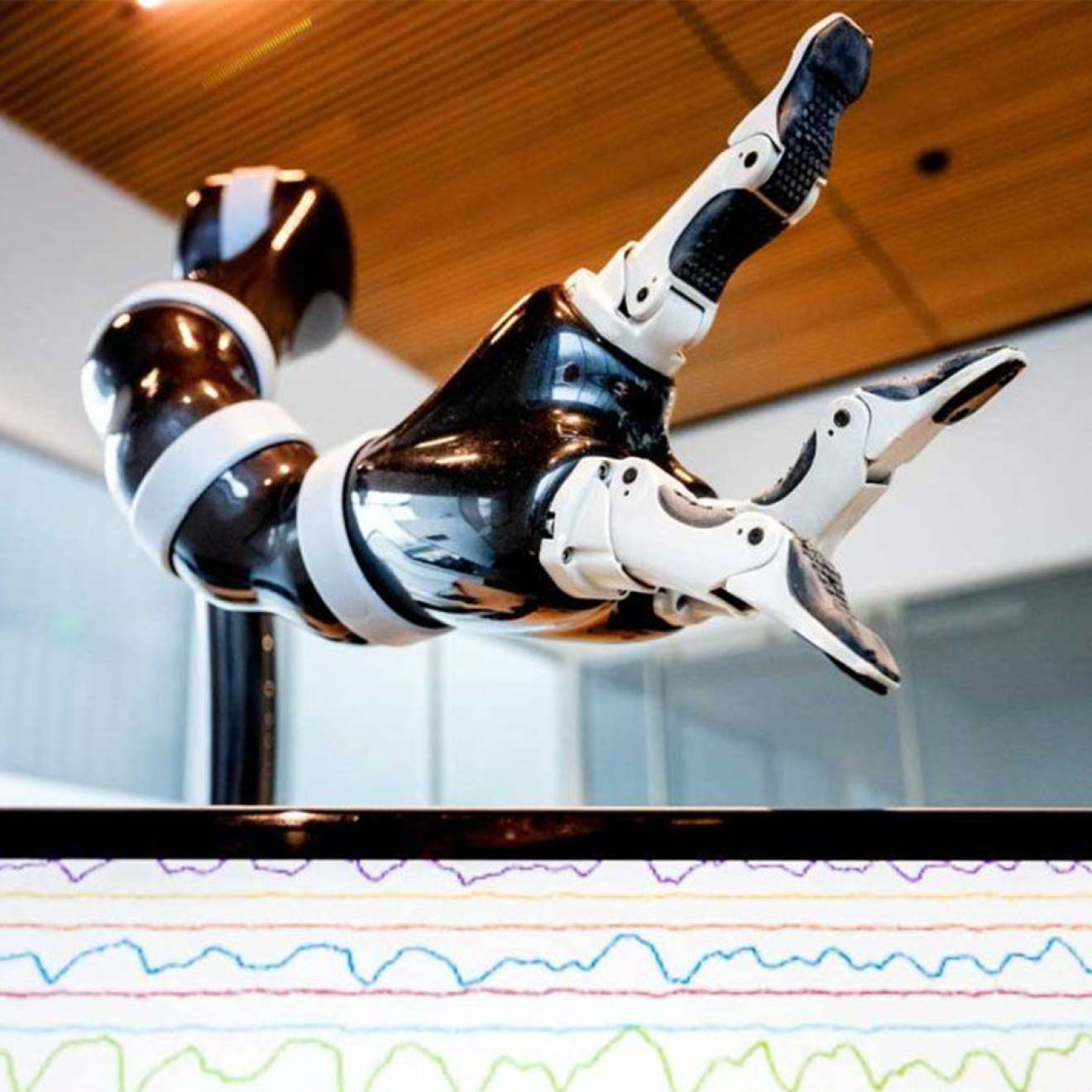UC Santa Cruz and Queen Mary University
An international team of scientists, including two UC Santa Cruz astronomers, has reported two planets orbiting a nearby and very old star known as Kapteyn's star. One of these newly-discovered planets orbits within the star's "habitable zone," at the right distance to allow liquid water on its surface. The findings have been accepted for publication in the Monthly Notices of the Royal Astronomical Society.
Named after Dutch astronomer Jacobus Kapteyn, who discovered it at the end of the 19th century, Kapteyn's star is the second fastest-moving star in the sky and belongs to the galactic halo, which is an extended cloud of stars orbiting our galaxy in very elliptical orbits. A red dwarf with one-third the mass of the sun, Kapteyn's star can be seen in the southern constellation of Pictor with an amateur telescope.
The astronomers — including UC Santa Cruz's Steven Vogt and Eugenio Rivera — used new data from the HARPS spectrometer at the European Southern Observatory's La Silla observatory, the Planet Finding Spectrometer at the Magellan/Las Campanas Observatory in Chile, and the HIRES spectrometer at the W.M. Keck Observatory in Hawaii to measure tiny periodic changes in the motion of the star caused by the gravitational tug of the orbiting planets. Using the Doppler effect, which shifts the star's light spectrum depending on its velocity, the scientists can work out some properties of these planets, such as their masses and orbital periods.
Vogt, a professor of astronomy and astrophysics at UC Santa Cruz, and Paul Butler, his longtime collaborator at the Carnegie Institution for Science, have been obtaining precision radial velocity data of Kapteyn's star for over a decade at the Keck Observatory. "The discovery of planets around this star is the hard-won fruit of many years of patient, careful acquisition of high-precision data from the HIRES instrument at Keck," Vogt said.
The team was led by Guillem Anglada-Escude of the Queen Mary University of London. "We were surprised to find planets orbiting Kapteyn's star," Anglada-Escude said. "Previous data showed some moderate excess of variability, so we were looking for very short period planets when the new signals showed up loud and clear."
Based on the data collected, the planet called Kapteyn b might support water as its mass is at least five times that of Earth's and orbits its star every 48 days. The second planet, Kapteyn c, is a massive super-Earth; its year lasts 121 days, and astronomers think it is too cold to support liquid water. For now, only a few properties of the planets are known: approximate masses, orbital periods, and distances to the star. By measuring their atmospheres with future instruments now under construction, scientist may be able to detect the presence of water on some planets.
Kapteyn's Star is the 25th nearest star to the sun and is only 13 light years away from Earth. What makes this discovery special, however, is the peculiar story of the star. Kapteyn's Star was born in a dwarf galaxy that was disrupted and absorbed by the early Milky Way. This galactic disruption event put the star in its current fast orbit in the Milky Way's halo. The likely remnant core of its original dwarf galaxy is Omega Centauri, an enigmatic globular cluster 16,000 light years from Earth, which contains hundreds of thousands of similarly old suns. This sets the most likely age of the planets at 11.5 billion years, which is 2.5 times older than Earth and "only" 2 billion years younger than the universe itself (which is approximately 13.7 billion years old).
"It does make you wonder what kind of life could have evolved on those planets over such a long time," Anglada-Escude said.
The international team includes 24 scientists at nine institutions in six countries. Vogt's work was supported by the National Science Foundation.

